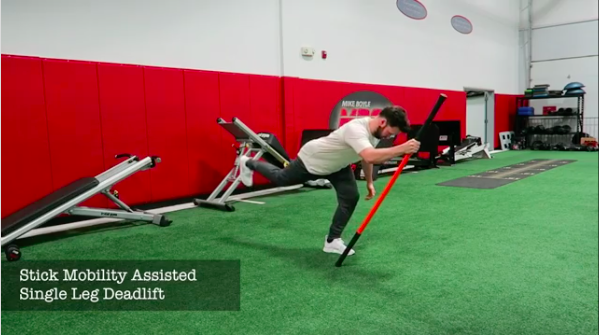
Written in conjunction with Strength Coach Podcast Ep. 309
In our last episode of Learn To Coach, Kevin Carr discussed program design and sticking to the recipe.
Now that you have the first draft of your clients or groups program in hand, you’ll revise your first draft by actually doing the program you’ve written with that individual or group. Be sure to record all the adjustments you make during the session. The most important adjustments to know and make during your second, third and fourth sessions with a client (the first session was your assessment) are REGRESSIONS. Progressions will come in due time as they begin to train consistently. Progressions come in the form of: adding more weight, more reps, more sets, more workout, changing the equipment used, or changing the position of the athlete or client.
REGRESSIONS, is a fancy way of saying “to make something easier when it’s too difficult”. (or maybe even better stated by my 6-year old daughter “regressions are like options and progressions are like challenges!”. Genius. Why didn’t I think to call them that?) Regressions are what you need to know in-session to be a great coach. These quick adjustments during the workout show the client that you promote safety first, understand linear progress, and meet people where they’re at.
Here is an example to help you visualize what this would look in a real situation:
Based off of my new clients initial assessments their first quad-set of strength exercises I’ve programmed is:
Goblet Squat to a Box is the first exercise in this quad-set. I grab a 15 lb kettlebell, demo a few reps using my best external cues to connect with the client, and then hand the bell to them. Why 15 lbs? Because based on my experience I believe this will be a great place for this client to start to learn the goblet squat. It’s easier to ADD weight than it is to take it away from someone. One is a positive experience and the other negative.
I notice that when we add the weight they start leaning too far forward and their heels come off the ground – something that might not have showed up in my assessment. I first cue them to “keep your heels down” and “keep your chest up, stay tall, and sit back”. If my cues don’t work then I must find another option or position (a regression) that will allow them to correct the compensation and improve outcomes (in this case the squat movement). As a quick regression I add a 2.5 plate under each heel to help them get into a better position when they squat. This does the trick and drastically improves the quality of the movement.
I take note of this in their program. The goal over time will be to eventually remove the plates if possible and add load using the kettlebell and maybe eventually a barbell if they earn it.
We then move to our next exercise, the Single Leg Deadlift with One Kettlebell. I demo a few reps and coach the exercise using a 8 kg bell, then ask the client to do the same. I notice that they are unable to keep their hips square to the ground when they reach the kettlebell for their opposite shin and the client mentions they feel the exercise only in their calf. After cueing them multiple times to “level their hips with the ground” without any improvement, I secretly curse myself for handing the client a weight too soon!, then I ask the client to drop the weight and do a Reaching Single Leg Deadlift with no weight instead.
This first regression attempt (removing the load) did not improve the alignment of their hips. So I dig down into my bag of Single Leg Deadlift Regressions and I try a Core Activated Single Leg Deadlift with a Foam Roller (go to the blog post to see the video). And voilà. The hips are level and the client feels the exercise in the glutes and hamstrings of the plant leg. Regressions are not a perfect science but a form of deductive exercise selection then trial and error.
Push ups to a Yoga Block and Tall Kneeling Anti-Rotation Holds, our next two exercises, were both executed well by the client only requiring us to find the correct weight to do the prescribed number of reps. Remember: It’s easier to add weight than it is to take it away from someone. After the completion of the rest of the workout go back and edit your first draft and have a second draft ready for the client or athletes next session.
If you program using a system (like that of Certified Functional Strength Coach) the progressions are built into the program, and the regressions are what you need to know to be an adaptable coach!
ARE YOU CERTIFIED YET?
Our Certified Functional Strength Coach Level 1 Online Course is designed to provide you with the same experience you’d get attending our live Level 1 workshop. Complete with the same pre-workshop materials, our Online Course includes a ‘Virtual Live Workshop’, where you will follow a CFSC instructor through an entire Level 1 Workshop complete with instruction, demonstration and question and answer as if you were spending the day at Mike Boyle Strength and Conditioning. Keeping with our rigorous practical standards, all enrollees will be required to complete an online exam and a coaching practical featuring video and open ended questions to complete their certification.